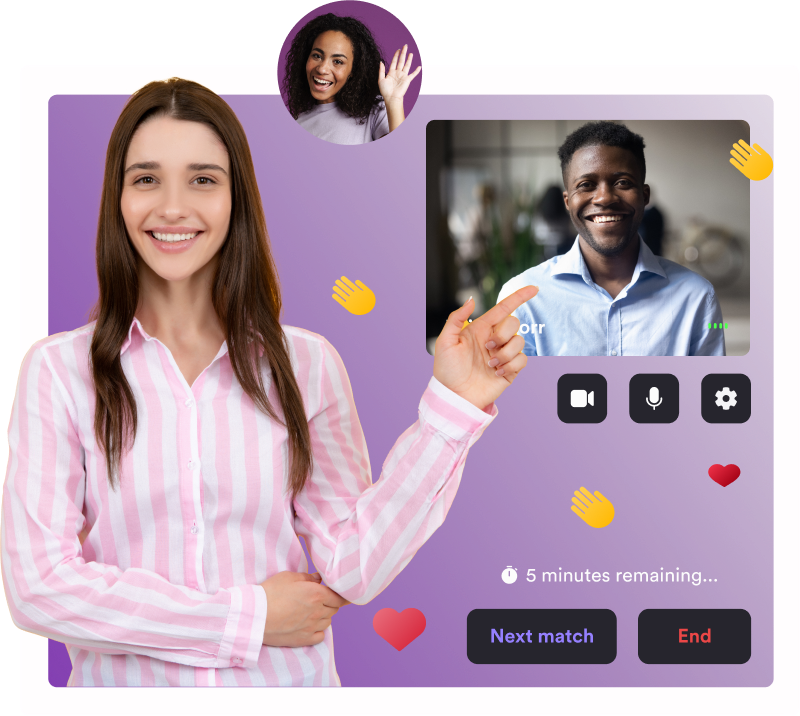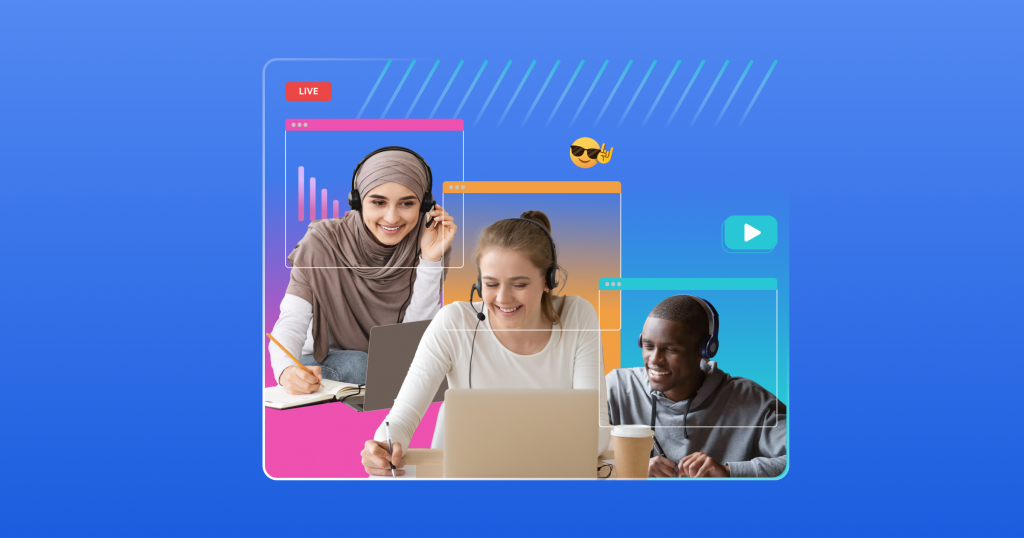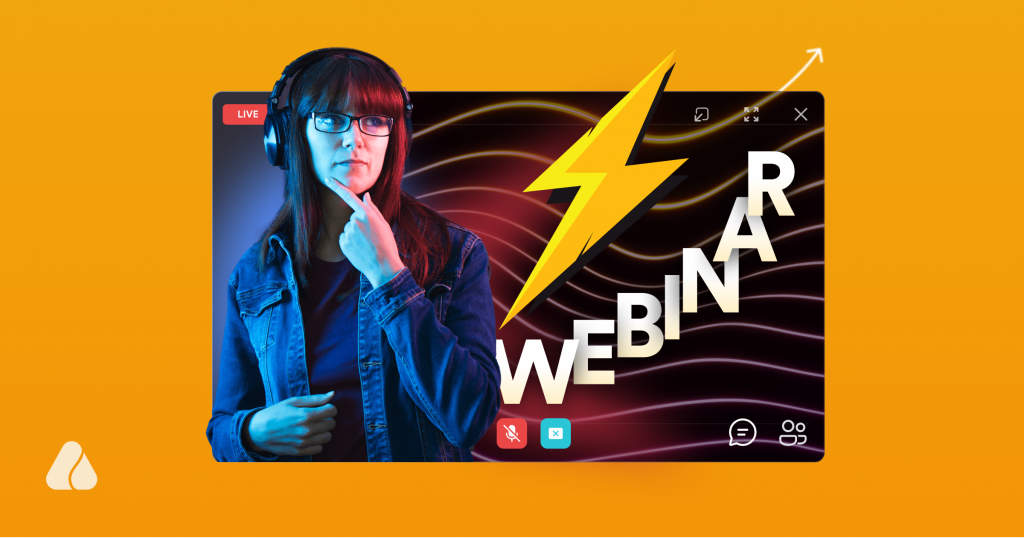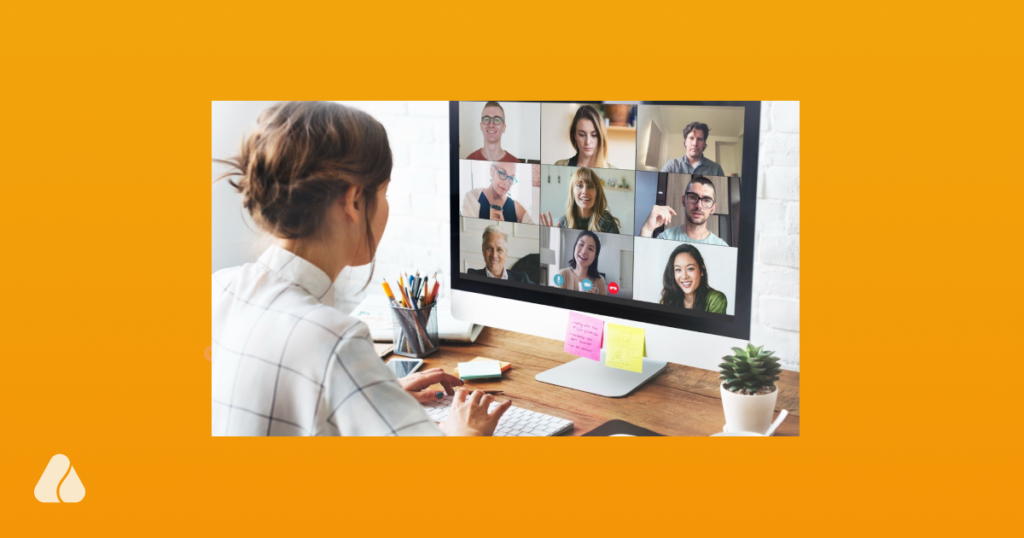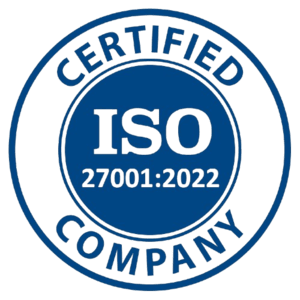Well, it couldn’t be more accurate. Whether it is personal life or professional, skillful, thoughtful, and personalized communication will always be the key—to manage, engage, relate, collaborate, and succeed.
This is just as true even when it comes to webinars and webinar communication. Webinar communications play an important role in showcasing and maintaining the relationship, reputation, and reliability with your business and brand among your prospects and potential buyers.
Role of Webinar Communication
Building a rapport with your target audience is not an easy job. Webinars are a cost-effective, modern marketing tool that offers businesses an opportunity to improve brand visibility, enhance market position, and drive growth by creating an impactful and positive impression.
This impression is created with the help of skillful and personalized webinar communication. From marketing to audience engagement to follow-ups, for every part of the webinar hosting process, communication is crucial.
Below, we’ve highlighted some commonly used formats and their examples that are often included and play a crucial role in enhancing the appeal of the entire webinar communication cycle.
Common Webinar Communication Formats & Examples
Webinar Communication Formats | Examples |
Verbal Communication |
|
Written Communication |
|
Visual Communication |
|
Engagement & Interaction |
|
Non-verbal Communication |
|
Multimedia |
|
Webinar Communication Stages
Effective communication with your target audience is crucial throughout the various stages of a webinar. From promotion to post-webinar follow-up, there are different approaches taken to communicate and engage with audiences.
Here, you will find the different stages and touch points where you can strategize and personalize your webinar communication initiatives:
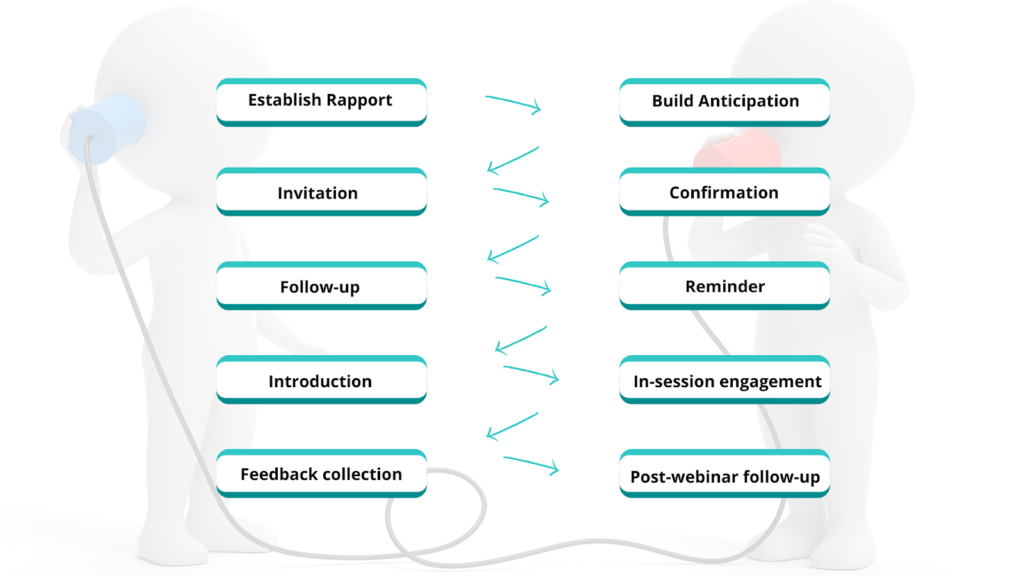
Establish Rapport
This stage involves creating a connection with your potential audience. It’s about building a relationship and trust with your target participants before the webinar.
The first time you directly communicate and engage with your audience is via webinar promotions and email marketing initiatives. Your goal should be to familiarize your audience with your brand, expertise, and value you can provide, making them more likely to engage with your webinar invitation when it arrives.
Build Anticipation
Once you’ve established a rapport, the next step is to create a buzz around your event, making potential attendees eager to participate and learn more. This stage involves sharing teasers, sneak peeks, highlighting key takeaways, or featuring guest speakers in your social media posts and other marketing campaigns. You can also create countdown posts or LinkedIn polls to pique interest.
Invitation
This is the formal announcement of your webinar. Your invitation should clearly communicate the webinar topic, date, time, and value proposition for attendees and should be compelling enough to encourage sign-ups.
You can utilize different channels to send the invites, like email and social media platforms.
Tip: During webinar promotions, make sure to include an easily accessible registration link or process to maximize conversions.
Confirmation
After someone registers for your webinar, sending out a confirmation message is crucial. This message should thank the registrant for signing up, reconfirm the webinar details, and provide any necessary instructions for joining. It’s also an opportunity to set expectations and perhaps provide some pre-webinar materials or tasks to enhance engagement.
Follow-up
The post-registration follow-up stage involves maintaining communication with registrants between their signup and the webinar date. You might send additional information about the topic, introduce the speakers, or provide preparatory materials. The goal is to keep the webinar fresh in their minds and continue building anticipation.
Reminder
As the webinar date approaches, sending reminders becomes crucial. It helps you ensure good attendance rates and improve the overall attendee turnout. These messages should restate the key details (date, time, how to join) and perhaps highlight the key benefits of attending the event.
Tip: Consider sending multiple reminders—a day before, an hour before, and right as the webinar is starting.
Introduction
This is the opening of your webinar, helping you set the tone for the entire session. Use this time to welcome attendees, introduce yourself and speakers, outline the agenda, key takeaways, and set expectations for the webinar.
In-session engagement
Throughout the webinar, it’s important to keep participants engaged. This can include interactive elements like polls, Q&A sessions, chat discussions, speed networking, or breakout rooms.
Encourage participation and two-way communication, address attendees by their name when possible, and make the session as interactive as your webinar platform allows.
Feedback collection
At the end of the webinar, allocate time to gather feedback from participants. This could be through a survey, poll, or open discussion. You can include the questions related to the content, presentation style, speaker, technical aspects, and what topics they’d like to see in future webinars. This information is valuable for improving future sessions.
Post-webinar follow-up
Once the webinar concludes, follow up with the attendees and the no-shows (registrants who didn’t attend the webinar).
Thank participants for attending, provide any promised resources or recordings, and perhaps offer next steps or additional value. For those who couldn’t make it, provide a recap or recording link. This offers an opportunity to nurture leads and move them further along your sales funnel.
Easy Webinar Communication Tips & Ideas for Making an Impact
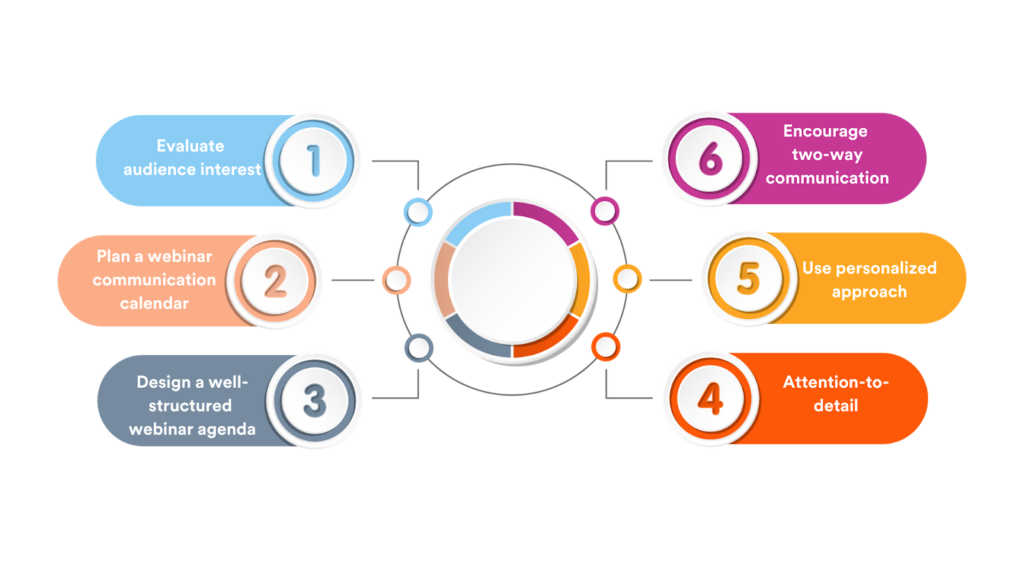
1. Evaluate audience interest
Understanding your audience is crucial for successful webinar communication. Conduct surveys, analyze past webinar data, or engage with your audience on social media to gauge their interests and pain points.
With the help of this information, you can tailor webinar content to meet your audience needs and expectations. Consider creating buyer personas to better understand your target audience and craft messages that resonate with them.
2. Plan a webinar communication calendar
Be thorough about the formats and stages that are required during your webinar communications. This can include initial promotional communications, different pre-webinar activities, live webinar interactions, and post-webinar stages.
Create a calendar stating the type of communication you are willing to utilize during every stage. This will provide you with clarity on the type of content, resources, and materials you need at every stage. It can be a single format or a mix of formats (visual, verbal, written, etc.).
3. Design a well-structured webinar agenda
Develop a comprehensive agenda outlining all communication touchpoints for the live webinar, starting from webinar introduction to closing. Unlike other communication stages, live webinars require real-time interaction and engagement.
It’s crucial to plan how frequently and through what activities hosts and speakers will engage with attendees, and when attendees will have opportunities to network and interact with each other.
4. Attention-to-detail
Pay close attention to every aspect of your webinar communication, such as proofreading all written content, ensuring links work correctly, double-checking webinar details, and verifying audience information.
Before scheduling any campaign or finalizing any material, consider other aspects as well, like whether the incorporated visuals, graphics, fonts, and colors are consistent with your brand and appealing to your audience.
5. Use personalized approach
Tailor your communications to individual recipients whenever possible. Use their names in emails, reference their industry or role, and segment your audience to send more relevant content.
Personalization can significantly increase engagement rates, make your audience feel valued, and improve the conversion rates.
6. Encourage two-way communication
Make your webinar an interactive experience rather than a one-way presentation. Encourage questions and comments during the session, utilize breakout rooms for small discussions, and use polls or surveys to gather real-time feedback.
Two-way engagement activities not only make the webinar more valuable for attendees, but also provide you with insights into your audience’s thoughts, preferences, and needs.
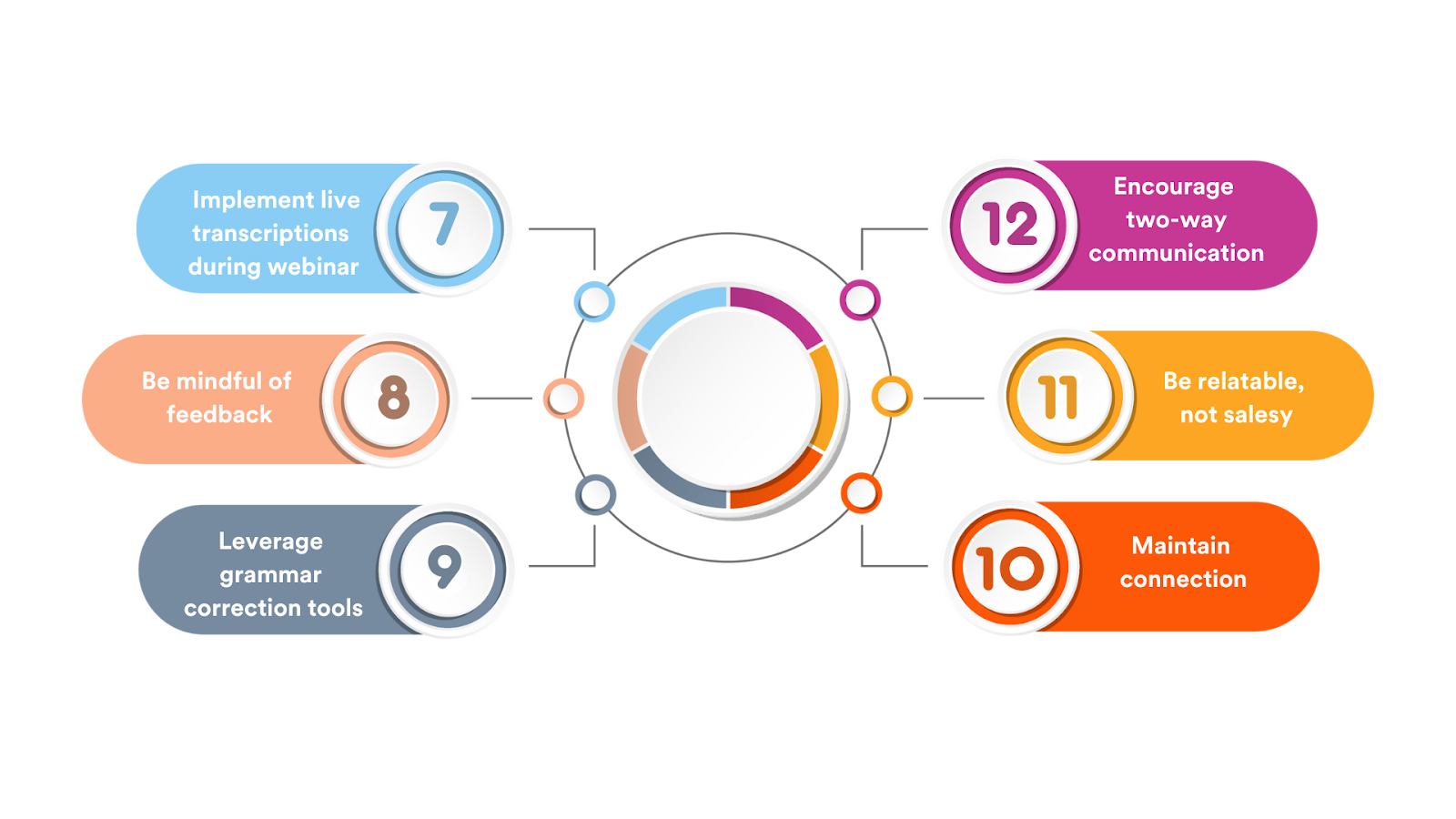
7. Implement live transcriptions during webinar
Implementing live transcriptions during webinars can help you enhance communication and inclusivity, broadening the accessibility and impact of your webinar. There are many tools and webinar platforms often support these features.
Live transcriptions provide your attendees with a real-time text display of what is being spoken, making it easier for them to follow along, especially for those who are hearing impaired or non-native speakers.
8. Be mindful of feedback
Seek feedback from your audience, webinar attendees, organizing team, and trusted customers. This feedback helps you improve future webinar communication initiatives, personalize your approach, add value to the content, and create a positive impression among your webinar stakeholders.
9. Leverage grammar correction tools
Ensure all your written communications are grammatically correct and set a professional tone. You can utilize grammar and spell-check tools like Grammarly or QuillBot.
These tools can catch errors you might miss, suggest improvements, and identify the tone of your communication, making your writing clearer and more impactful.
10. Track webinar performance
Utilize your webinar platform, CRM, or automations to track and measure the success of your webinar and associated communications.
To effectively track your webinar’s performance, assess analytics like registration rates, attendance rates, engagement levels during the webinar, and post-webinar actions, such as session replays, content downloads or follow-up meeting requests.
This data will help you identify the effectiveness of overall webinar communications efforts and other initiatives.
11. Be relatable, not salesy
Focus on providing value to your audience rather than pushing a hard sell. Share authentic stories, case studies, and practical advice that resonates with your audience’s challenges and goals. Even if you do discuss your products or services, frame it in terms of how they can solve problems or add value to your audience.
The ideal approach would be to tailor the communication based on the lead profile and company. This approach helps build trust and credibility, making attendees more receptive to future communications.
12. Maintain connection
Develop a strategy to maintain connection and communication with attendees after the webinar. Plan a complete cycle to ensure regular interactions. Include additional resources, materials, updates, invites, and exclusive offers or discounts in your post-webinar communication and nurture campaigns.
Remember, regular, value-added communication keeps your brand top-of-mind and nurtures leads towards conversion.
Widely Used Webinar Communication Tools & Platforms
There are a variety of tools event organizers utilize to ensure the effectiveness of webinar communication and engagement.
Here, we’ve highlighted widely used tools and platforms that help streamline, manage, and improve webinar communication initiatives.
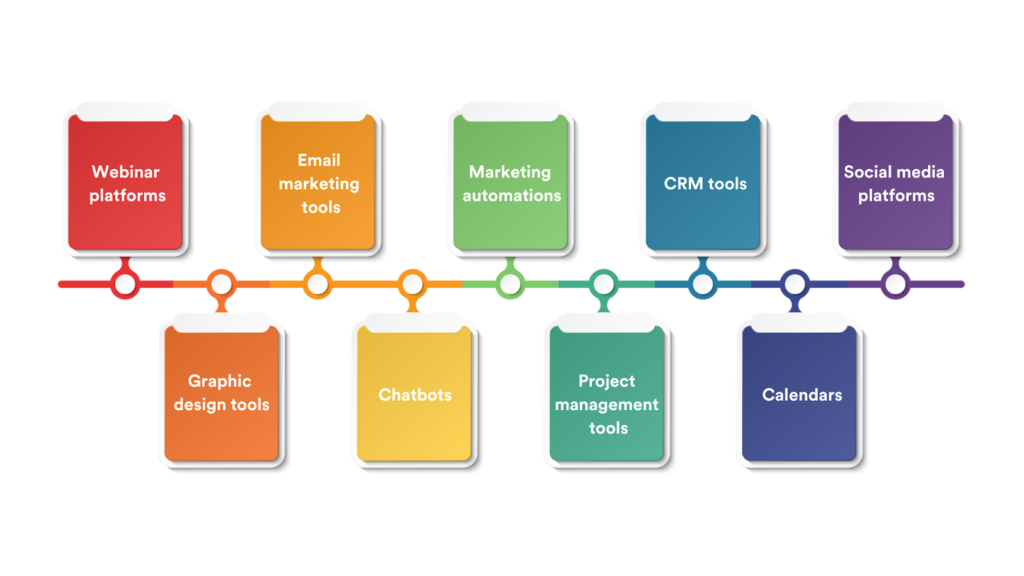
Webinar platforms
Platforms like Airmeet are powerful tools for hosting your webinars and other virtual events. These platforms offer features such as branding, webinar analytics, engagement & networking, registration & ticketing, screen sharing, polls, Q&A sessions, recording capabilities, integrations, live transcriptions, and more.
With the help of webinar platforms, you can efficiently connect and communicate with attendees in real time. It also offers you the flexibility to create and schedule pre- and post-webinar follow-up communications.
Email marketing tools
Email marketing tools help manage your email communications for webinars. They offer templates, automation features, and analytics to schedule your email campaigns for different purposes, including promotions, invitations, and follow-ups.
Marketing automations
Marketing automations are advanced tools that help you streamline your webinar process. They allow you to create workflows that automatically send emails, segment audiences based on attributes, update contact information, and track engagement across multiple channels.
Customer relationship management (CRM) tools
CRMs help organize and track your webinar attendees information and interactions. They’re crucial for understanding your audience, personalizing communications, and following up effectively after the webinar.
With the help of CRM tools, you can manage the communication cycle not only with your existing customers but also with potential leads and new customers.
Social media platforms
Social media platforms are one of the most effective and widely used webinar communication and marketing tools. These platforms allow event organizers to engage and communicate with their audiences by utilizing webinar-related posts, polls, contests, video teasers, etc.
Graphic design tools
There are a variety of platforms that help create visually appealing assets for your webinar. From promotional images for social media to slides for your presentation, these tools ensure your webinar looks professional and engaging, allowing you to effectively communicate your message to your prospects.
Chatbots
While chatbots are not extremely essential, they can be an effective tool in improving your webinar communication initiatives. Implementing chatbots on your website or webinar landing page can guide your potential attendees and help answer common questions about your webinar.
These AI-powered assistants can guide potential attendees through the registration process, answer common questions about the webinar, send reminders, provide technical support during the event, and assist with post-webinar concerns.
Project management tools
Project management tools help event organizers coordinate all aspects of the webinar’s planning, coordination, and execution. They allow you to assign tasks, set deadlines, and ensure all team members are aligned throughout the process.
These tools not only help in improving team communication but also overall webinar communication by streamlining the entire process. This helps avoid the risk of interrupted schedules and disrupted agendas, allowing you to maintain the flow of communication and engagement.
Calendars
Calendars are easy-to-use, effective, and essential tools for scheduling webinars and communicating any changes, such as date or time adjustments, to attendees and stakeholders, simplifying the process and keeping everyone informed and up-to-date.
Calendars also help enhance team communication by providing task and deadline reminders, ensuring that every webinar aspect is organized and executed smoothly. Utilizing integrated calendar tools ensures seamless coordination and effective communication throughout the entire webinar process.
Conclusion
In today’s digital landscape, effective webinar communication isn’t just an asset—it’s a competitive necessity for businesses aiming to thrive and expand their market presence.
By leveraging various communication formats, following best practices throughout all webinar stages, and utilizing the right tools and platforms, you can create an impactful webinar experience that resonates with your audience.
Skillful and personalized communication not only helps elevate your brand’s reputation but also enhances lead generation & conversion and lays the foundation of lasting relations.
FAQ
A carefully crafted webinar communication content enhances audience engagement, builds strong connections, and guides potential leads through each webinar funnel stage, ultimately increasing conversion rates.
Some of the key interactive features a webinar platform should have include polls, surveys, Q&A sessions, chat functionality, breakout rooms, and live transcriptions.
In the follow-up email communication, you can include resources like webinar recordings, presentation slides, webinar screenshots, study materials, and related blogs.
The type and stage of the webinar determine the appropriate interactive elements.
- In the pre-webinar stage, consider social media contests and countdowns to build excitement.
- During the live webinar, incorporate polls, Q&A sessions, quizzes, and one-on-one interactions to engage attendees.
- For post-webinar engagement, provide session replays, on-demand content, clickable links, and surveys to maintain interest and gather feedback.
To create a lasting impression:
- Actively respond to webinar queries.
- Send personalized follow-ups.
- Provide valuable post-webinar resources.
- Maintain regular contact.
- Tailor communications based on attendee feedback, preferences, or previous interactions.
Technical issues can often disrupt the flow of communication and hinder engagement, which significantly impacts the audience’s webinar experience and perception of your brand.
Personalized communication makes attendees feel valued, increases your brand credibility, and fosters a stronger connection with the target audience, potential customers, and existing clients.



